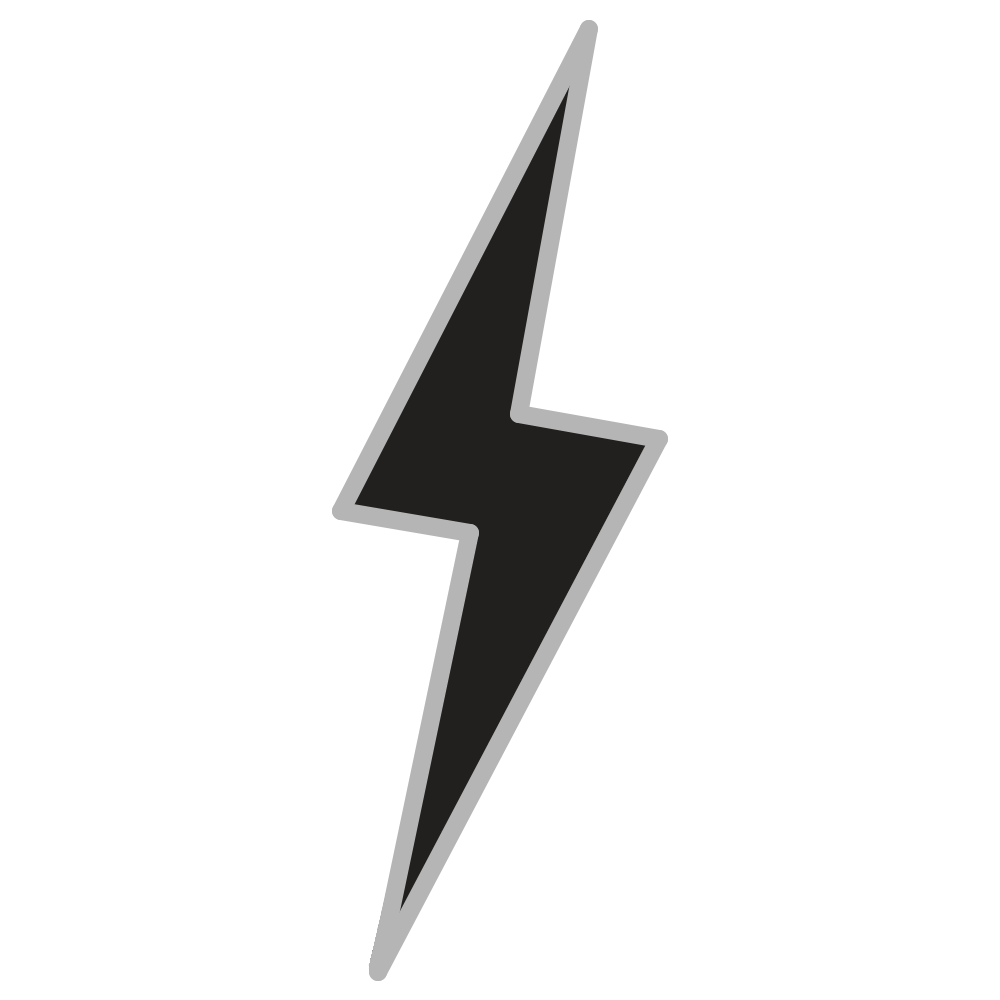I’ve been trying to solve an automotive electronics problem for several weeks now, but everyone I’ve spoke to can’t seem to come up with a solution.
In brief, I’m trying to add a relay in-line with the horn switch in my car, such that I can close my own circuit when the horn is pressed, without affecting the existing horn circuit in the car.
I had some JD1912 12V relays left over from a previous install, so I tried to use those. (Relevant image: Diagram)
First, I placed connected the trigger wire (pin 86) to the the wire coming into the horn switch, and the ground (pin 85). The relay triggered when the horn button was pressed as expected, but this also caused the actual car horn to sound continuously. Presumably doing this was enough to give the factory horn relay enough current to close.
Next, I tried placing the relay in series with the horn switch by splicing the wiring heading into the horn switch, and connecting the relay (pin 86 and 85) in line. Once again, the relay triggered with the horn switch as expected. However, this time, the actual car horn didn’t sound at all.
The best I can work out is that there’s a resistor in-line with the relay trigger (otherwise connecting it straight to ground would cause a short, right?) However, that resistor is just enough to allow the factory horn relay to trigger when connected to ground.
The way the car is designed, I can’t splice into the wire coming out of the switch to detect when the horn is pressed, since it’s a shared ground with other components.
My question is, is there such a thing as a relay with no resistor? Essentially all I’m looking for is a component that will “detect” current on the horn switch wire, and close a separate circuit. I’m not sure if a relay is even the correct way to go about this. Hopefully you guys can point me in the right direction.


You need to find a schematic for your car’s electronics in order to get a proper solution for what you’re trying to do. I would be particularly cautious about connecting a relay coil to some unknown wiring. The back e.m.f. from a discharging relay coil could easily fry a microcontroller if it happens to be connected to one.
I’m confident the wire I’ve tapped into is the horn, since I’ve previously used it to install a horn override as part of a PA system. That being said, I hadn’t considered that I might be connecting to a computer rather than something more analog. When I press the horn, I can faintly hear a relay clicking in the engine bay, so I’m hoping it’s just a simple relay.
Automotive relays have built in back emf protection diodes.